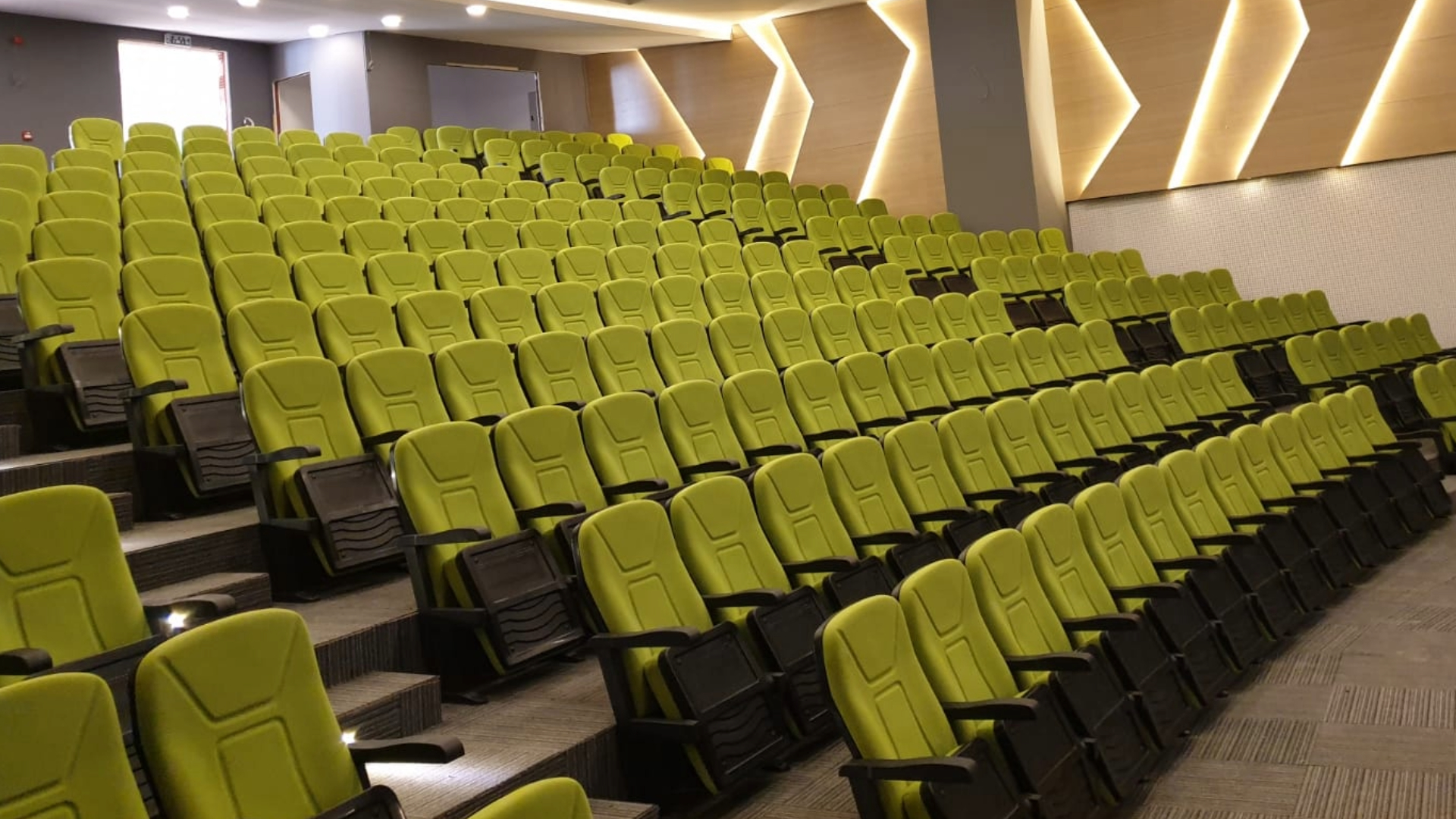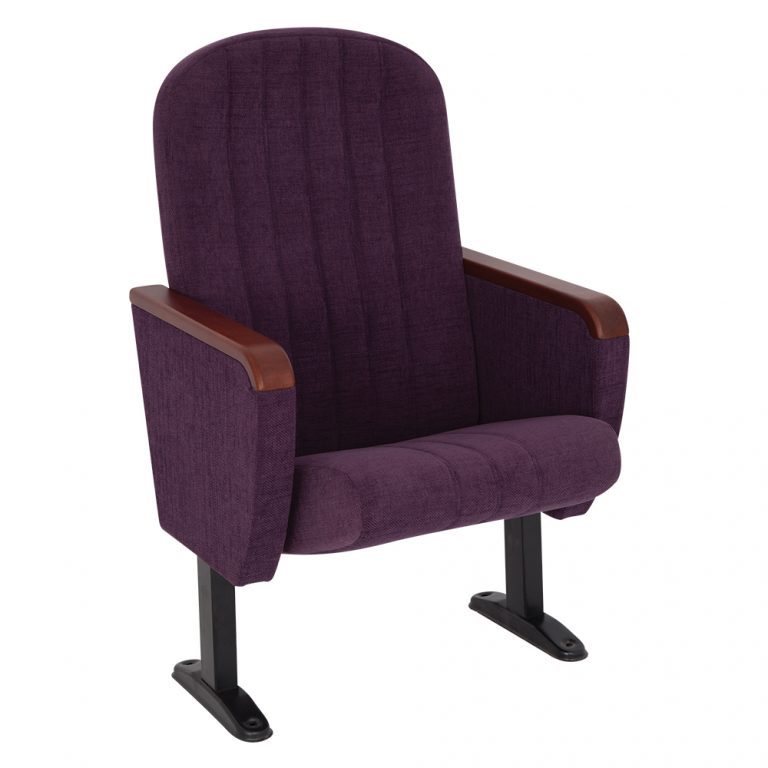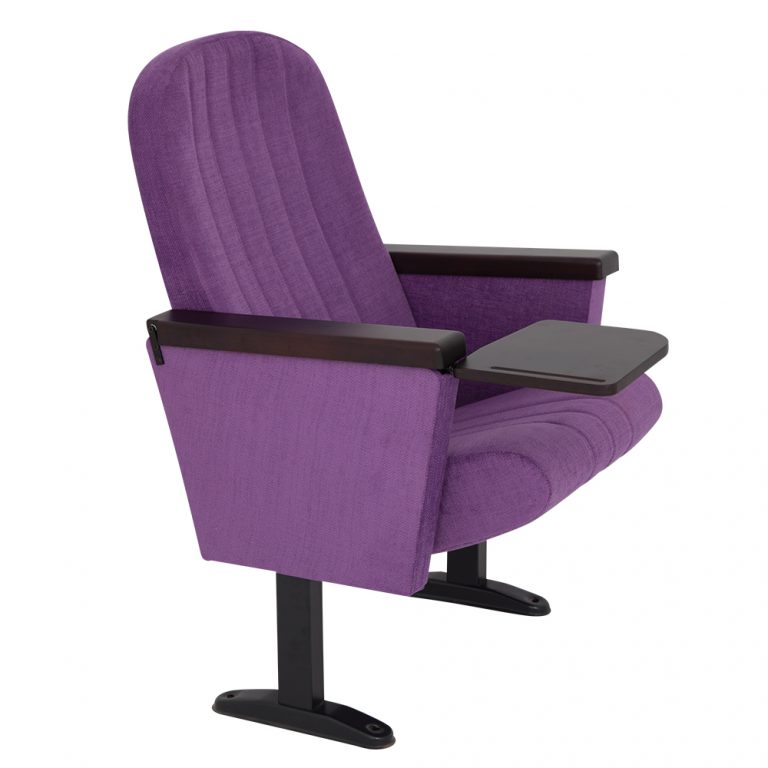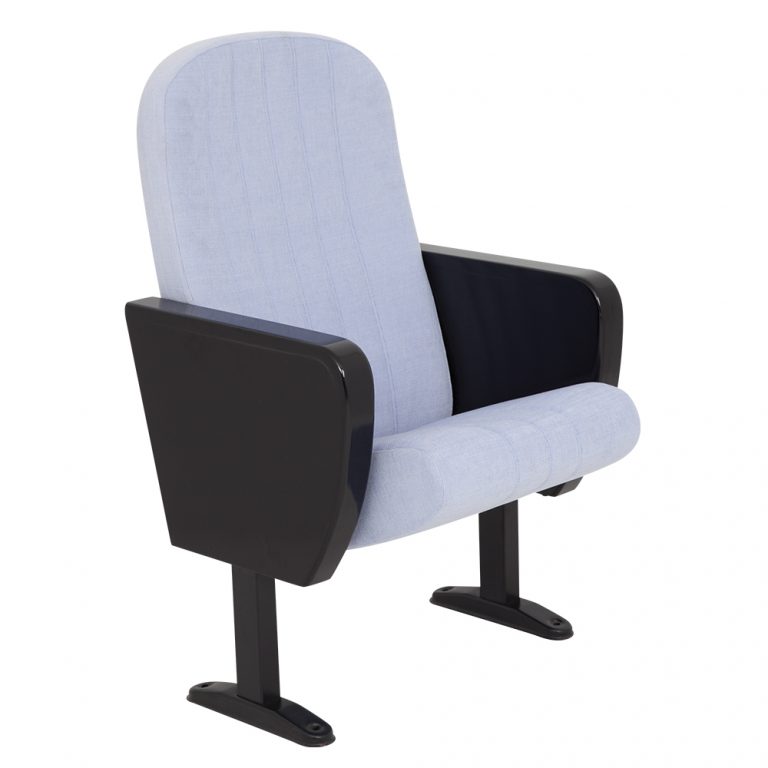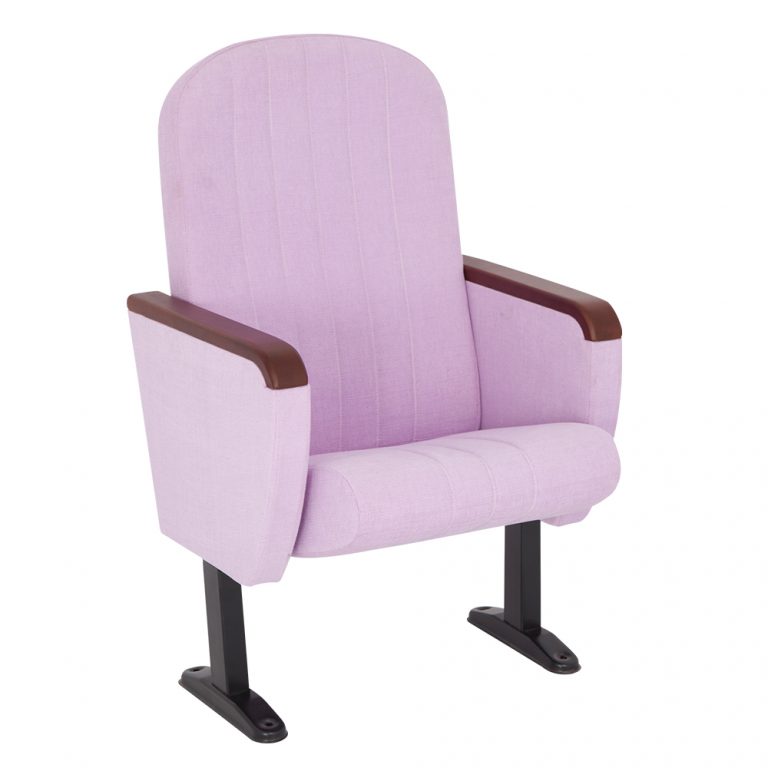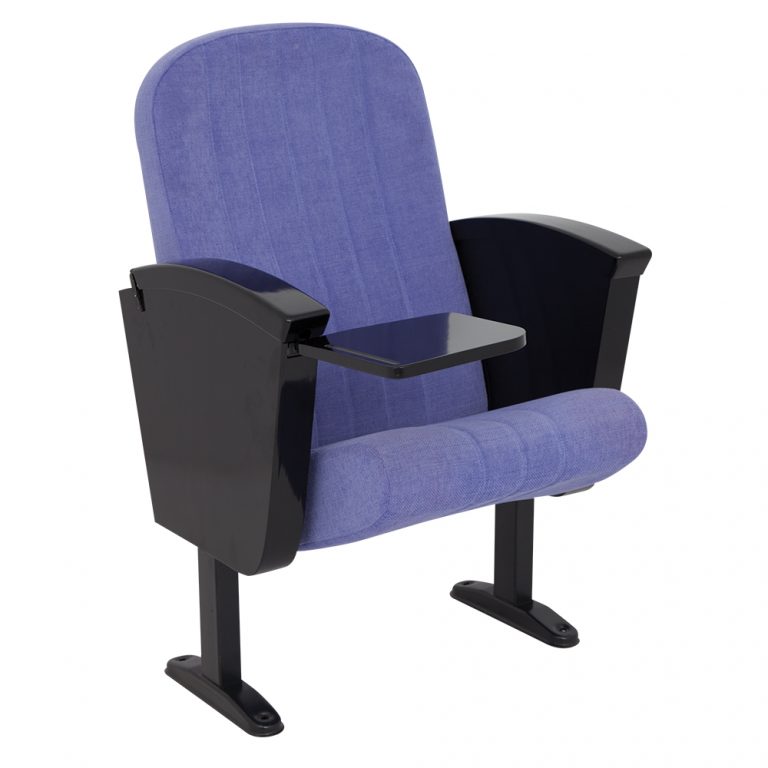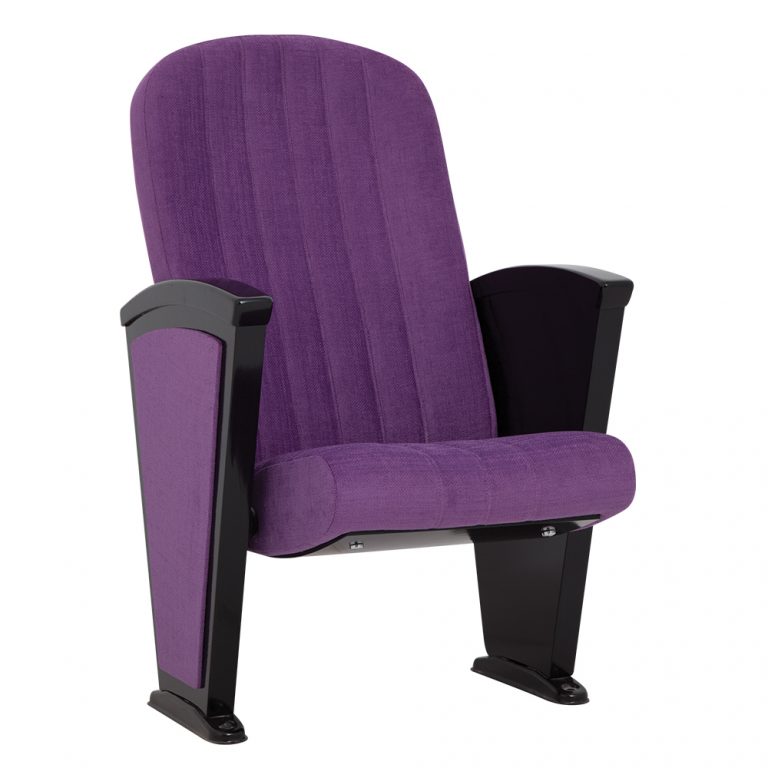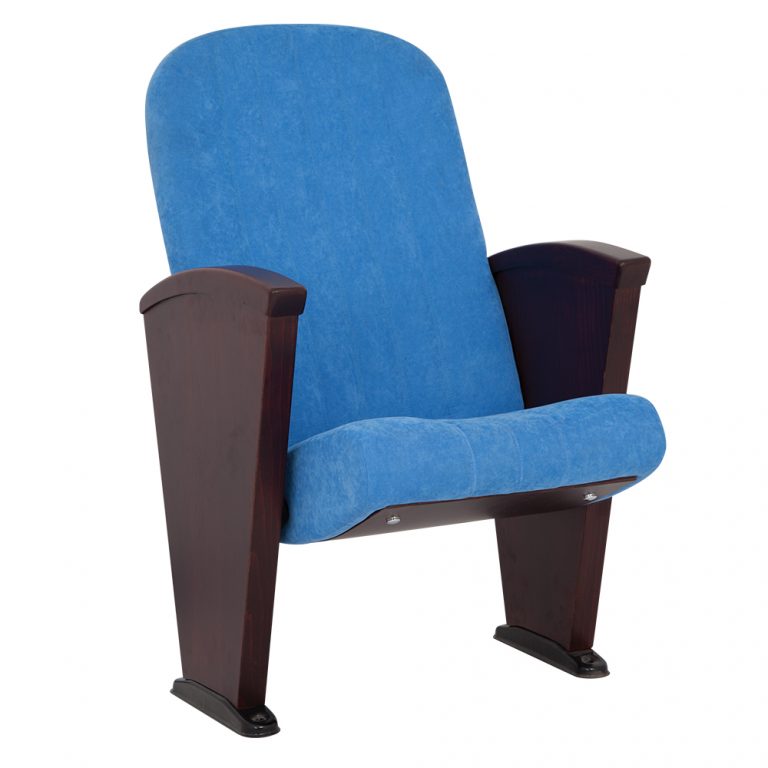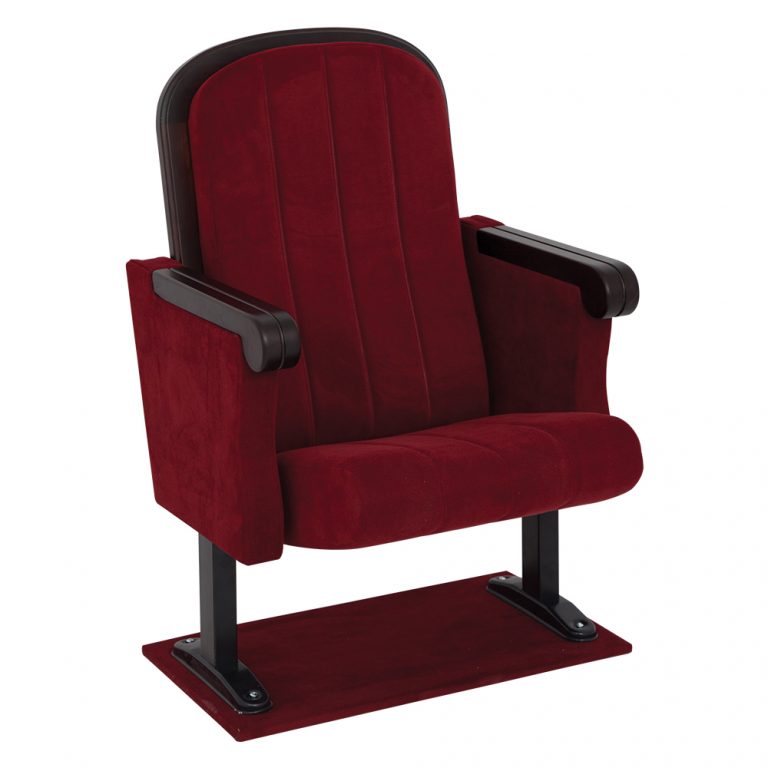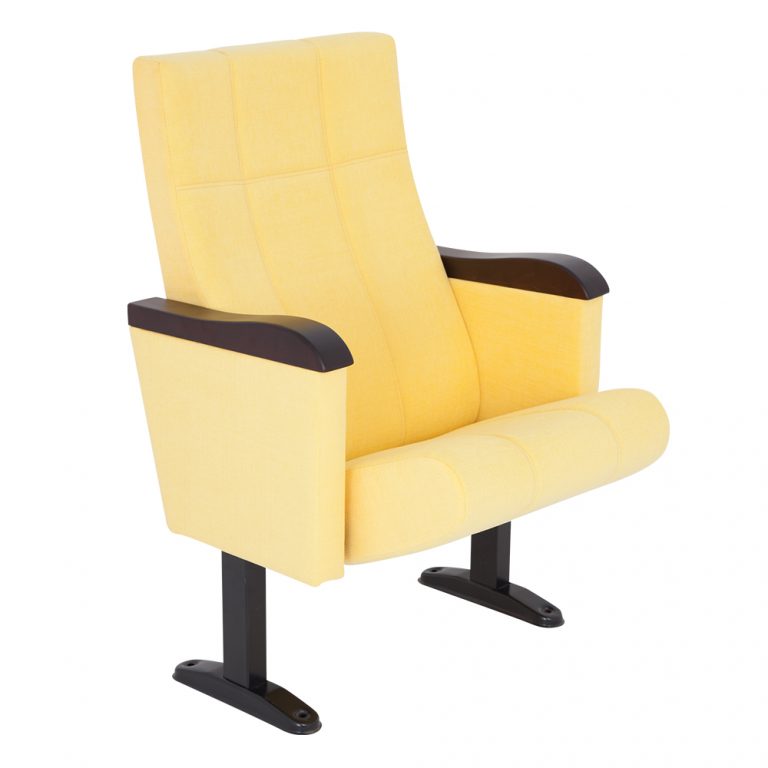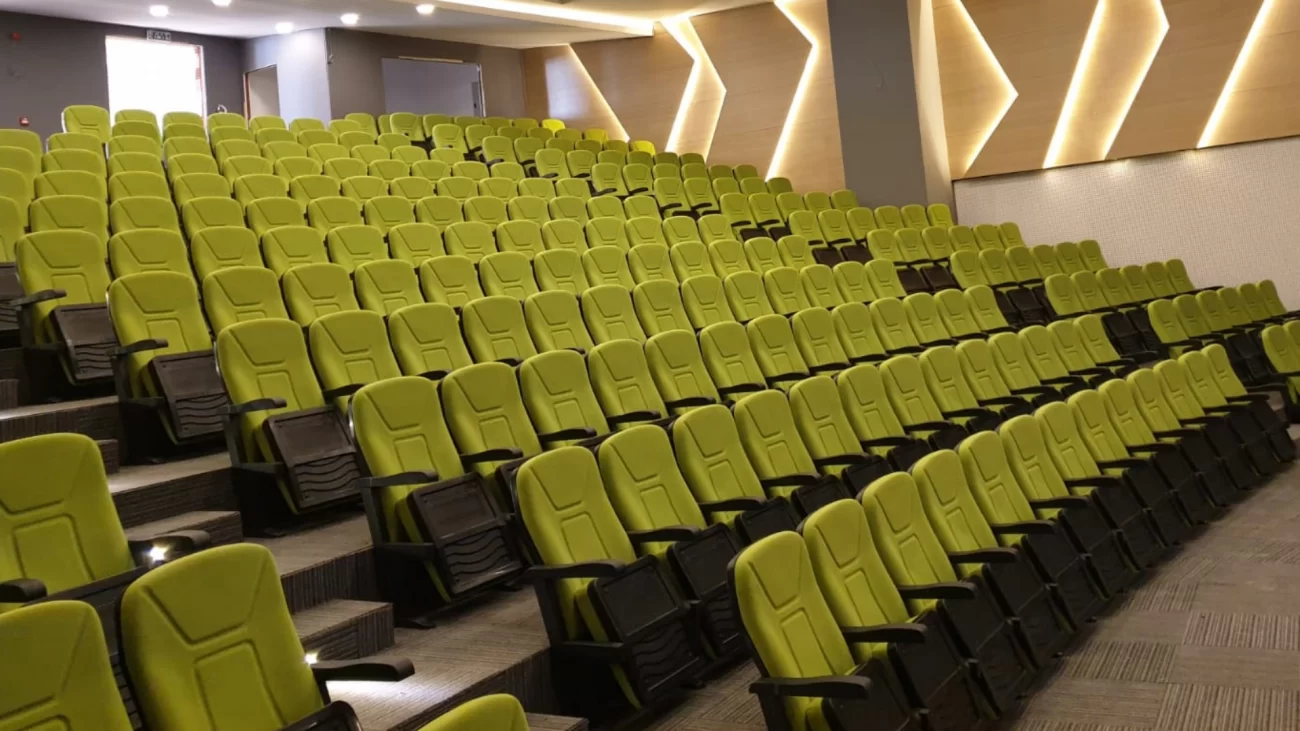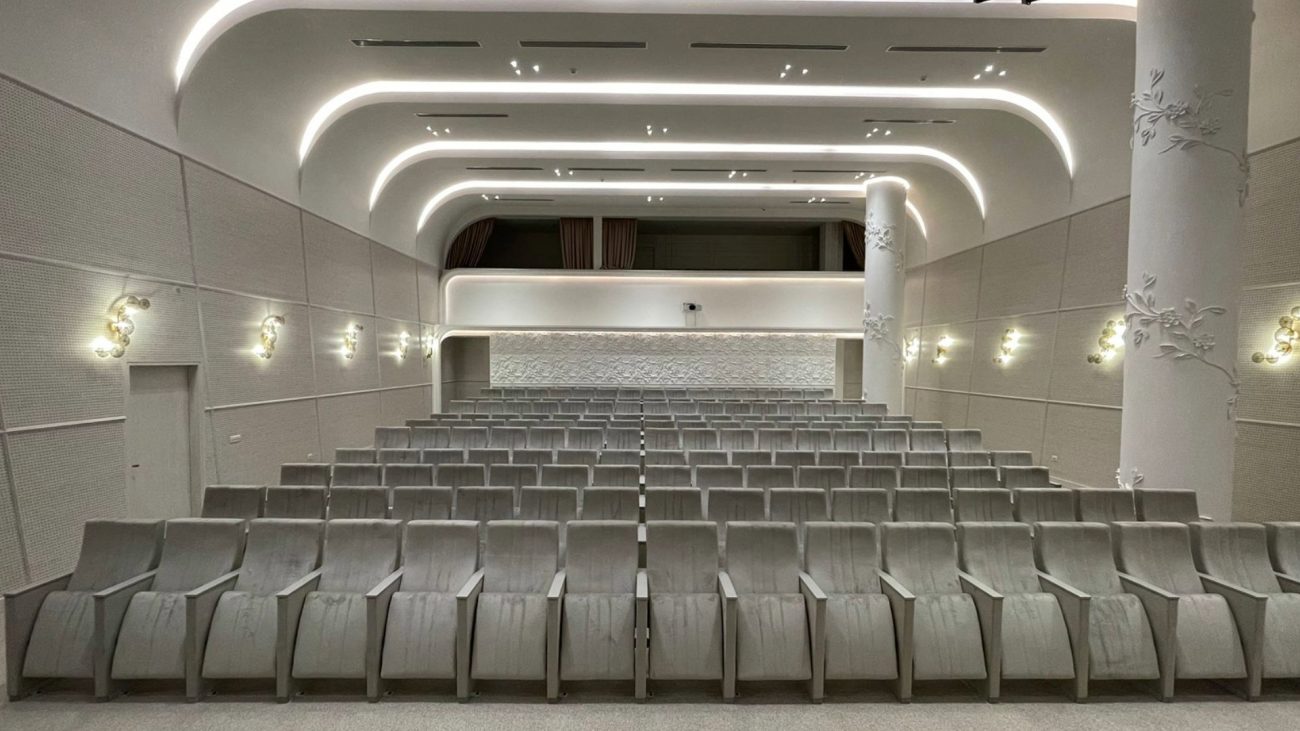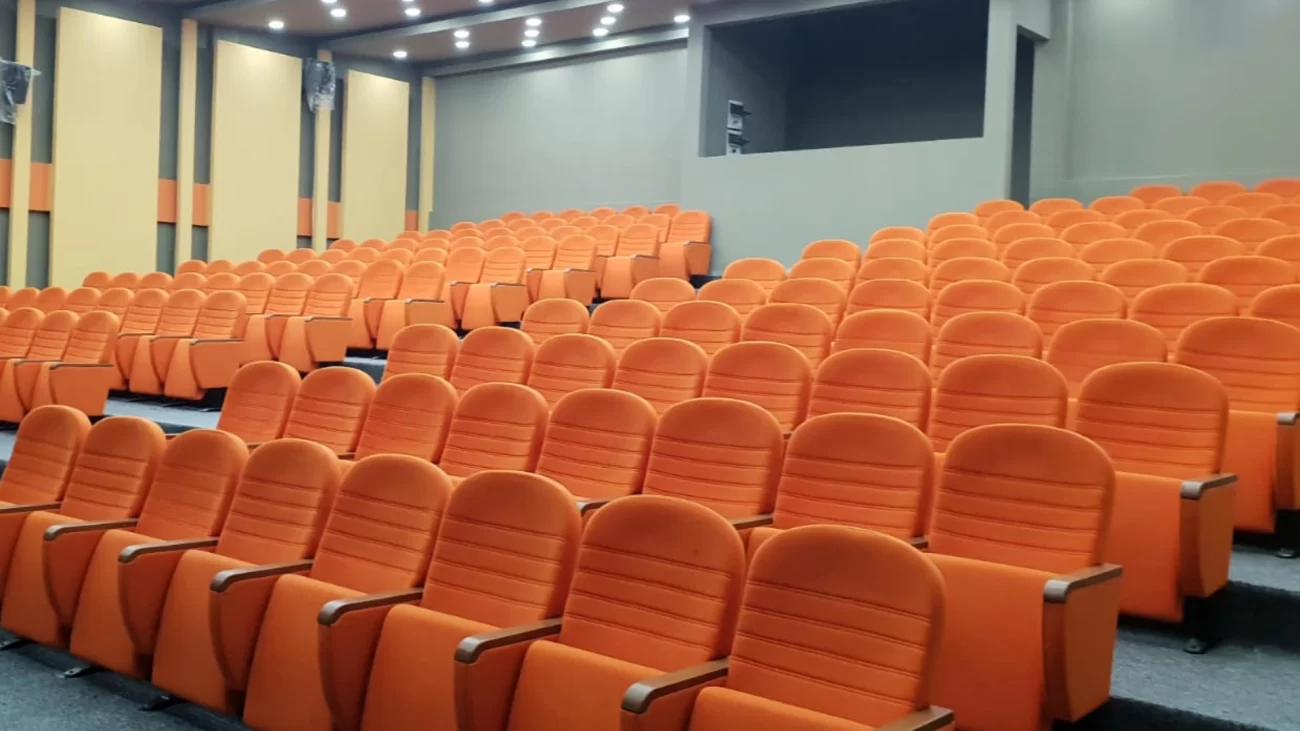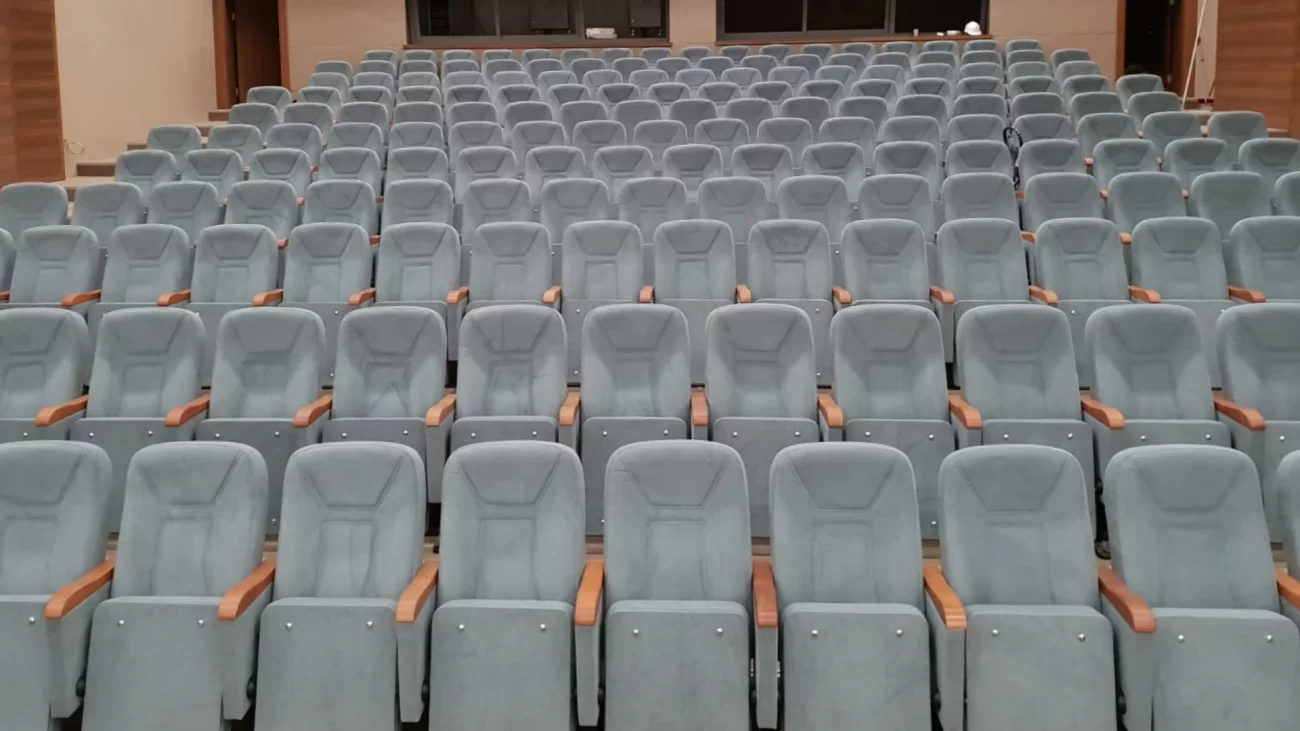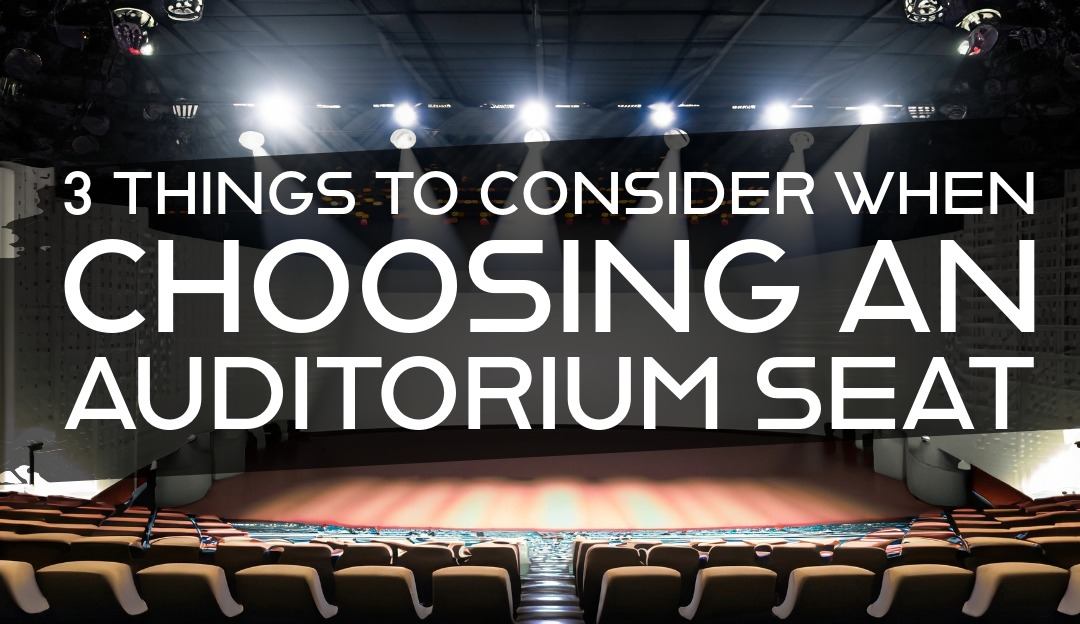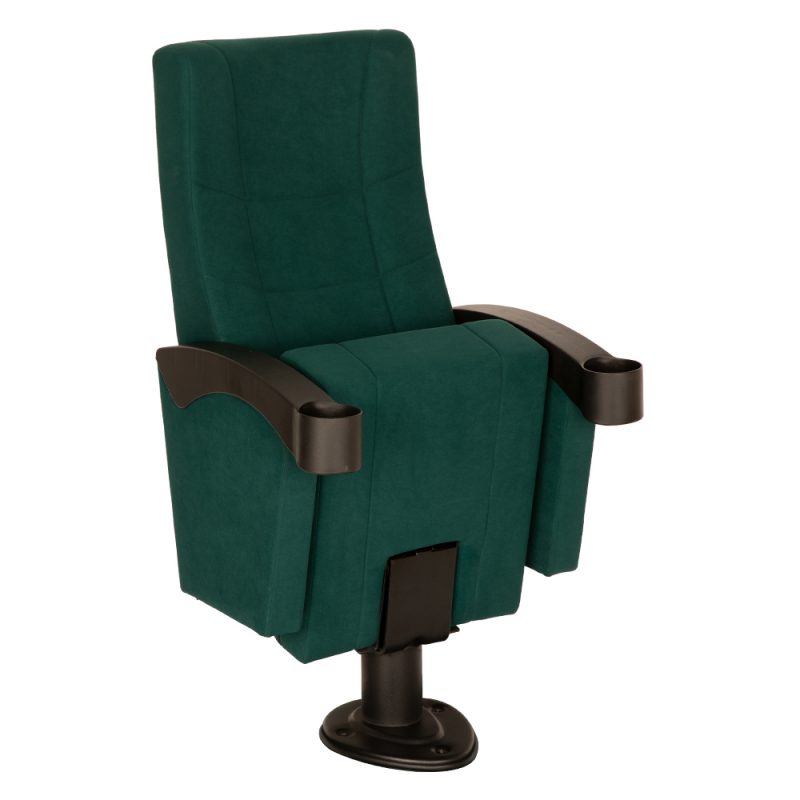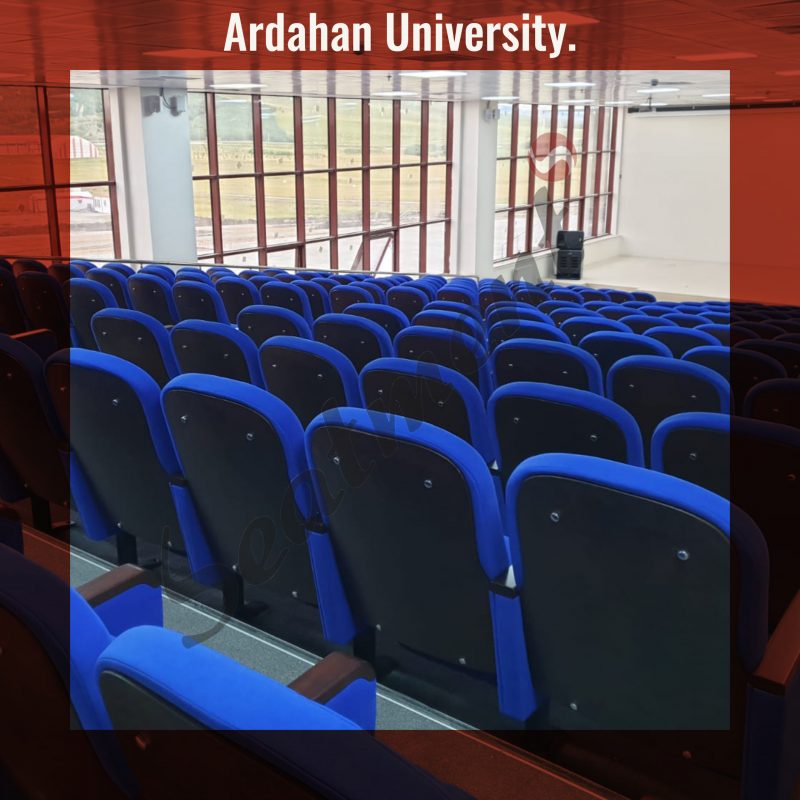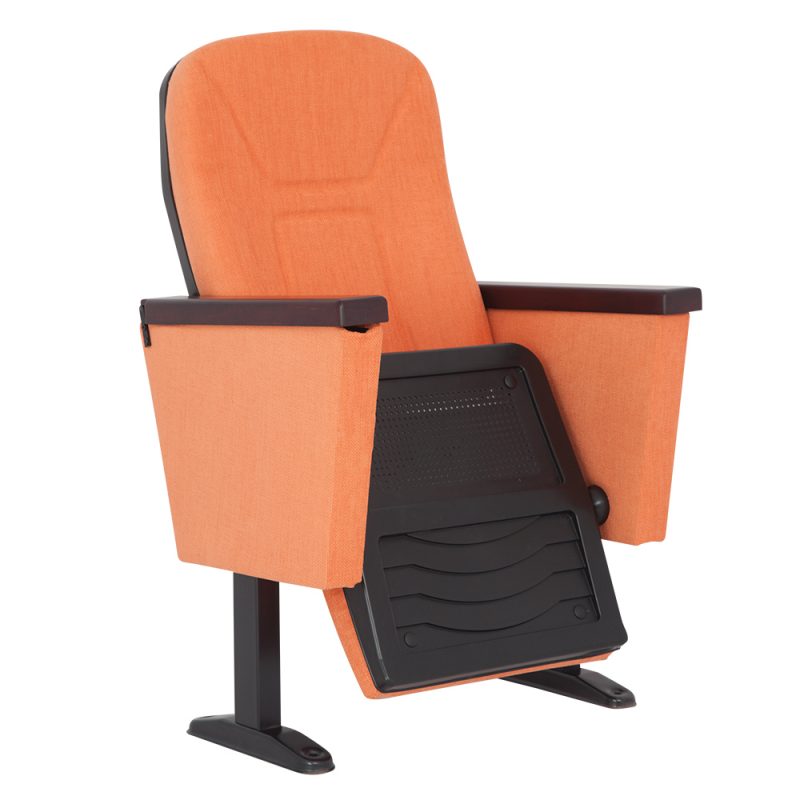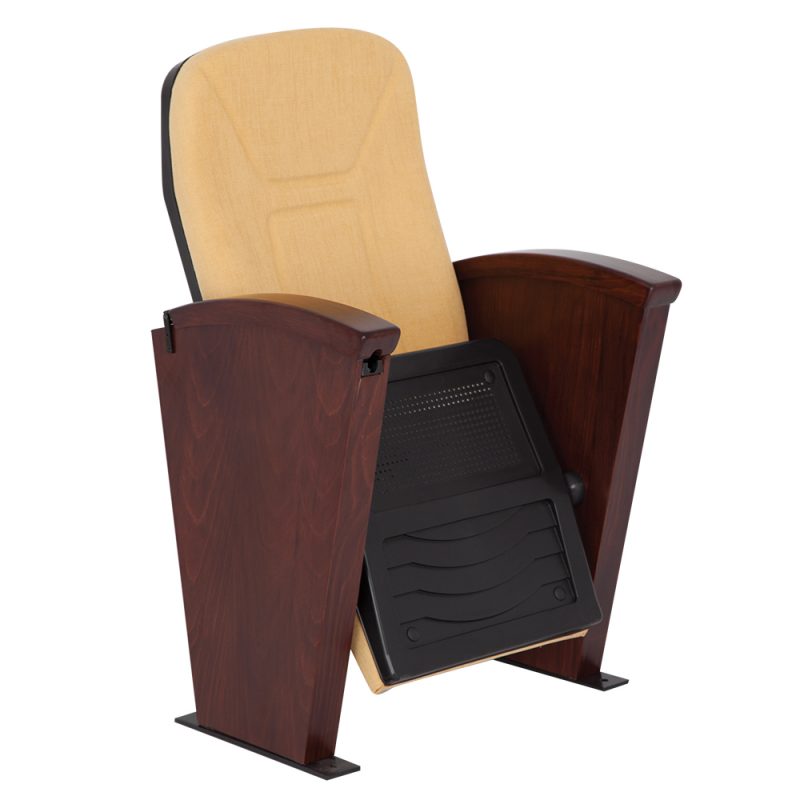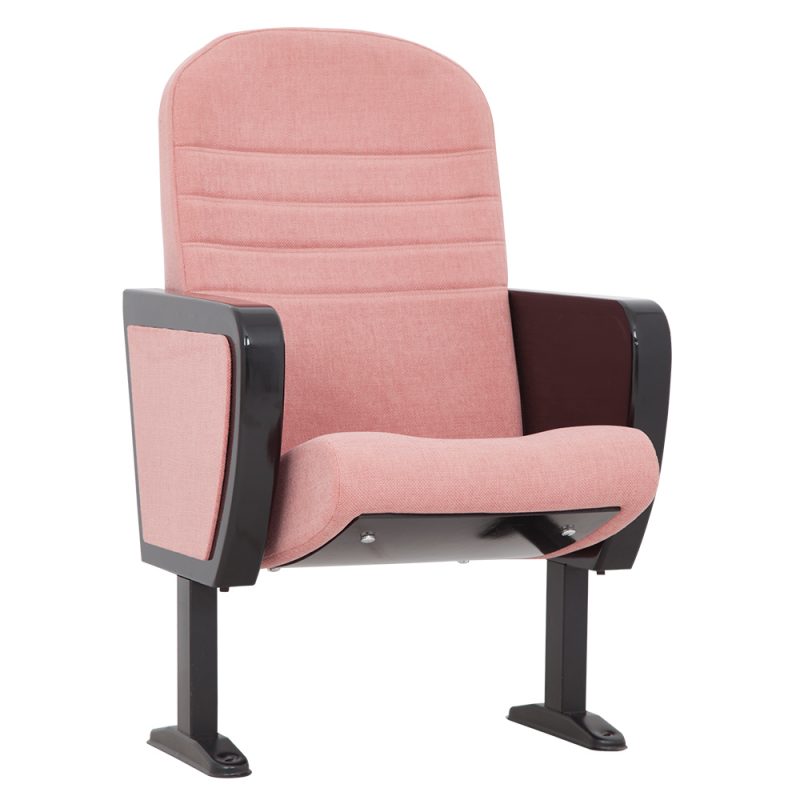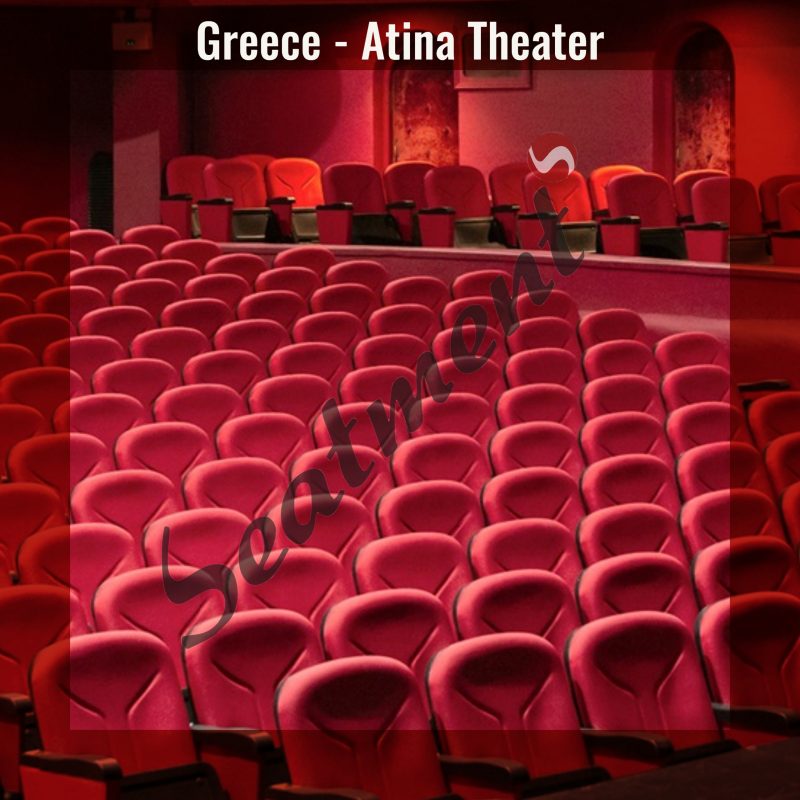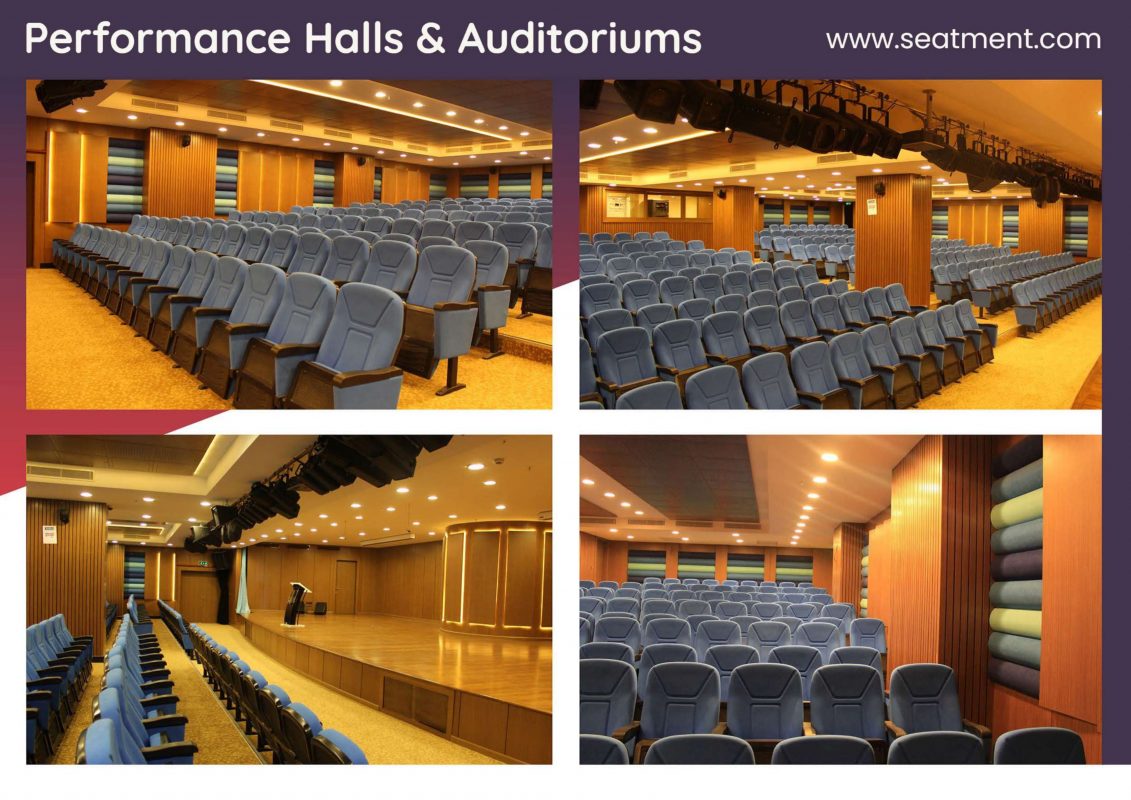What are the important factors in the design of auditorium seating?
If you are planning to build or renovate an auditorium, one of the most important aspects to consider is the seating. The design of auditorium seating can affect the comfort, safety, and satisfaction of the audience, as well as the acoustics, aesthetics, and functionality of the space. In this article, we will discuss some of the important factors that you should keep in mind when choosing the best auditorium seating for your project.
Comfort and Ergonomics
The first factor to consider is the comfort and ergonomics of the seats. The seats should be designed to support the natural posture and movement of the human body, and to provide adequate cushioning, ventilation, and adjustability. The seats should also be spacious enough to accommodate different body sizes and shapes, and to allow easy access and exit. The comfort and ergonomics of the seats can influence the mood, attention, and enjoyment of the audience, as well as their health and well-being.
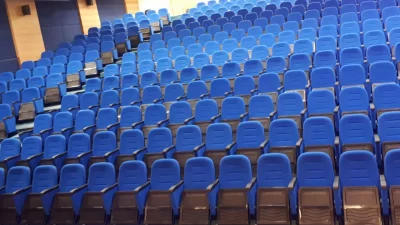 Safety and Durability
Safety and Durability
The second factor to consider is the safety and durability of the seats. The seats should be made of high-quality materials that can withstand wear and tear, fire, water, and vandalism. The seats should also be installed securely and properly, and comply with the relevant safety standards and regulations. The safety and durability of the seats can prevent accidents, injuries, and damages, and ensure the longevity and reliability of the auditorium seating.
Acoustics and Aesthetics
The third factor to consider is the acoustics and aesthetics of the seats. The seats should be designed to enhance the sound quality and clarity of the auditorium, and to avoid unwanted noise and echoes. The seats should also be designed to match the style and theme of the auditorium, and to create a harmonious and attractive visual effect. The acoustics and aesthetics of the seats can improve the performance and presentation of the auditorium, and create a positive and memorable impression on the audience.
Functionality and Flexibility
The fourth factor to consider is the functionality and flexibility of the seats. The seats should be designed to meet the specific needs and purposes of the auditorium, and to adapt to different events and situations. The seats should also be designed to offer various features and options, such as reclining, folding, stacking, and moving. The functionality and flexibility of the seats can optimize the use and efficiency of the auditorium, and provide convenience and versatility to the audience.


